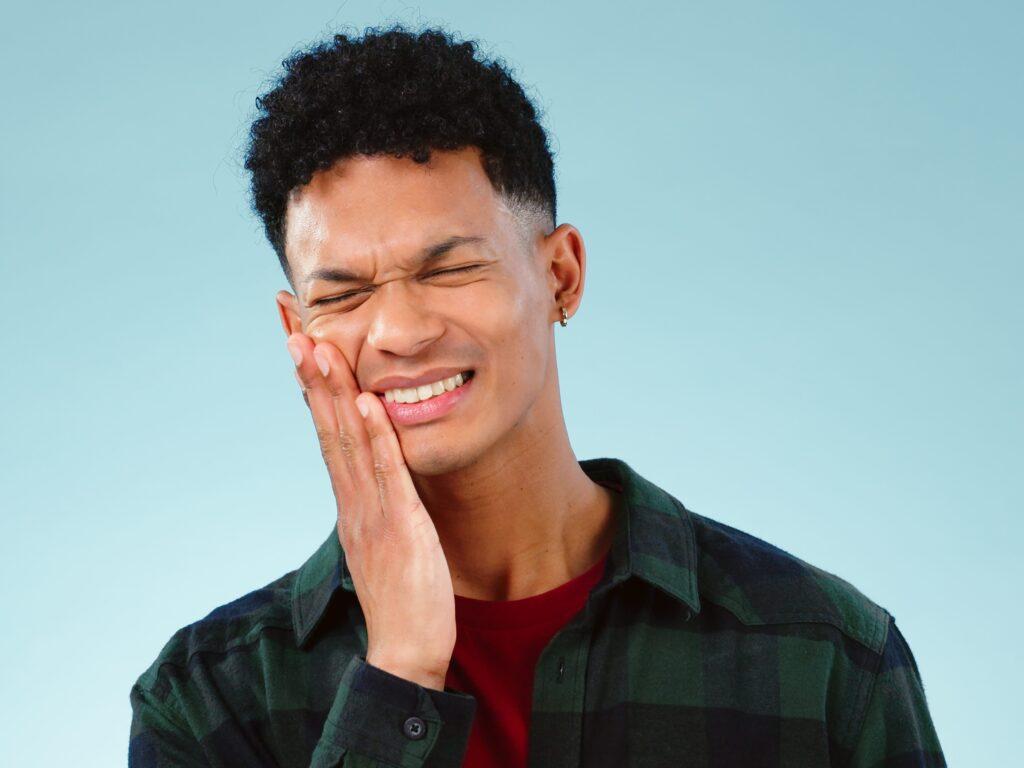Bruxism
What is Bruxing and Bruxism?
Bruxism can be a normal part of growing up, helping teeth find their natural bite during development.

Impact of bruxism:
| TMJ Disorders: Excessive grinding can lead to temporomandibular joint disorders. |
| Tooth Wear: Normal wear is about 0.03mm/year, but grinding can increase this by up to 10 times, leading to exposure of the tooth’s inner parts, causing sensitivity and increased risk of cavities. |
| Tooth Damage: Increased strain can cause: – Chips or cracks in teeth, potentially requiring fillings – Extentions of creacks to roots, necessitating root canals, crowns, or extractions |
| Gum Recession: Grinding can cause a rocking effect that puts pressure on teeth, leading to gum recession and potential tooth loss. |

How is bruxing caused and resolved?
Underlying Causes: Solutions vary based on the cause, such as sleep issues, stress, misaligned teeth, or chewing hard foods (aggravating TMJ).
Treatment Options:
| Stress Reduction | Night Guards |
| Bite Adjustment | Orthodontics |
| Sleep Appliances |
